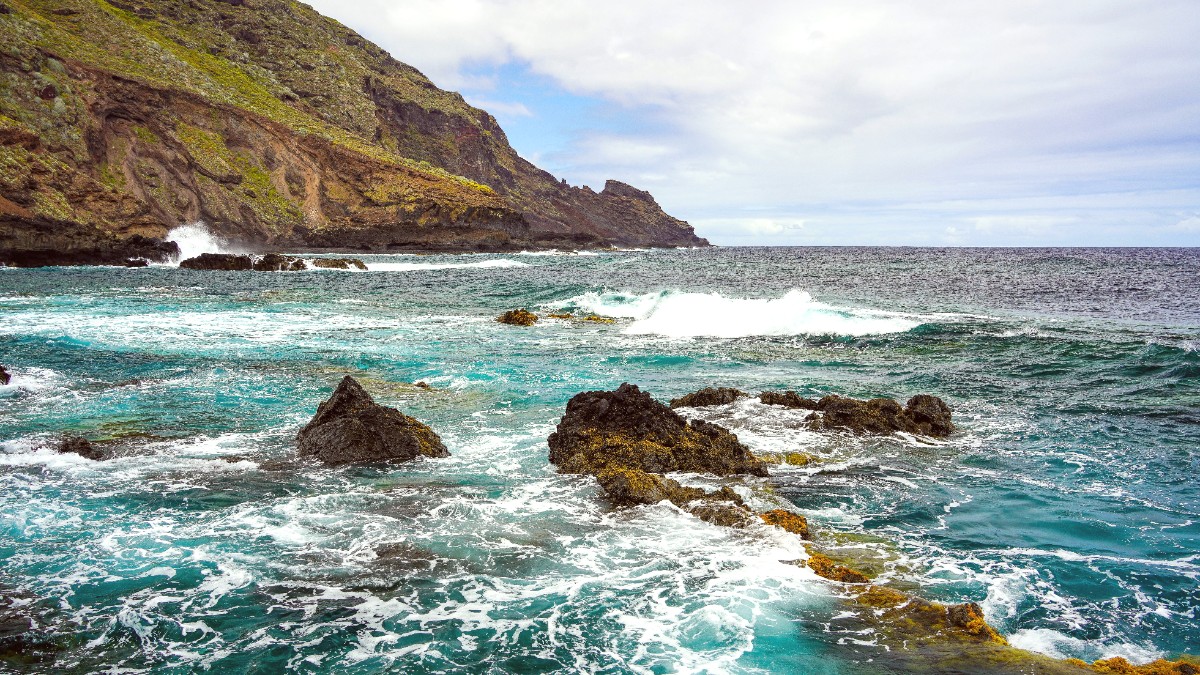
La Palma, Canary Islands
La Palma Airport (SPC) serves as the main entry point by air, located approximately 8 km south of Santa Cruz de La Palma.
No direct flights originate from North America or Asia. Expect connections, typically through Madrid, Barcelona, or major European hubs.
A small, modern airport offering car rental desks, cafes, shops, ATMs, and free Wi-Fi.
Line 500 connects SPC Airport to Santa Cruz de La Palma and south to Los Cancajos (fare around €2.60).
Taxis readily available outside the terminal. A taxi to Santa Cruz de La Palma approximately €12-€18.
No specific exit fees apply for departing passengers from Spain.
Arrive at La Palma Airport (SPC) at least 1.5-2 hours before domestic, 2-3 hours before international flights.
La Palma Airport offers basic amenities including cafes, duty-free shops, and ATMs.
Ferries connections to La Palma from other Canary Islands. Santa Cruz de La Palma is the main ferry port, also popular for cruise ships.
Journey times vary depending on the destination and ferry service.
Standard procedures for Schengen Area entry apply upon arrival at the seaport.
The ferry terminal in Santa Cruz de La Palma easy access to land transportation.
The "guaguas" system provides island-wide connections, run by Transportes Insular La Palma (TILP).
Fares can be paid directly to the driver in cash. Consider a BonoBus card for discounts.
Licensed taxis are white with a green roof light. Hail them or find at designated stands. Payment usually cash.
Ride-sharing apps like Uber or Bolt are not available on La Palma. Taxis offer the main private transport option.
Fares use a meter. A short ride within Santa Cruz de La Palma typically costs €5-€10. Confirm fare or use meter.
Santa Cruz de La Palma's historic center is pedestrian-friendly with charming narrow streets and a promenade along the seafront.
Dedicated bicycle lanes are limited. Cyclists share roads with cars. Be aware of winding roads and traffic.
No formal hop-on-hop-off bus. Organized coach tours for island excursions.
Not common for general transport. Boat excursions depart from ports.
Infrastructure improves. Some historic areas and hiking trails may present difficulties.
A rental car provides the most flexibility for exploring the island's diverse landscapes and reaching various trailheads.